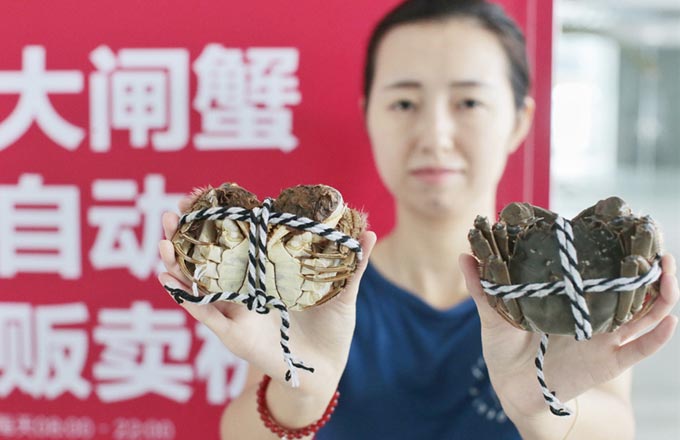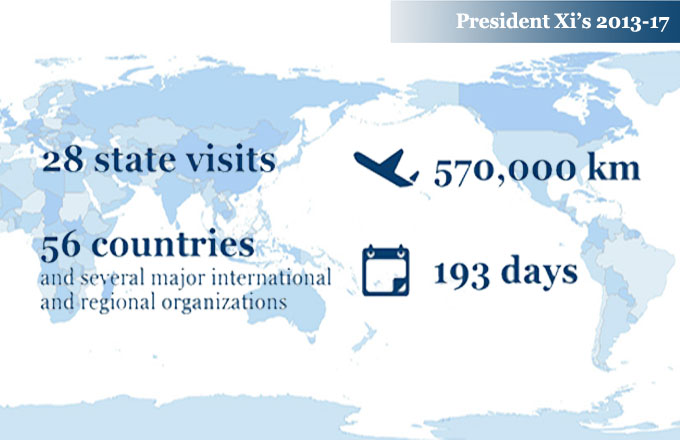China improves health of special groups: white paper
BEIJING - The Chinese government has attached great importance to the protection of the right to health of special groups such as women, children, the elderly and the disabled, according to a white paper released Friday.
The white paper, "Development of China's Public Health as an Essential Element of Human Rights," was issued by the State Council Information Office, introducing facts about the development of public health.
China has constantly improved health programs, and provided diversified and targeted health services to meet the special needs of various groups in a non-discriminatory and equal manner, it said.
The maternal and child health care service system has been continuously improved, and in 2016, the Chinese government invested 2.9 billion yuan (436.7 million U.S. dollars) to support the construction of 247 city- and county-level maternal and child health care institutions, the document said.
According to the white paper, children's health has improved remarkably. In 2016, infant mortality was 7.5 per thousand and that of children under five was 10.2 per thousand, both meeting the targets set in the UN Sustainable Development Goals and the Program for the Development of Chinese Children (2011-2020) ahead of schedule.
The gap between China and developed countries is rapidly narrowing. In 2016, for children under five, the underweight and growth retardation rates, and anemia prevalence decreased to 1.49 percent, 1.15 percent and 4.79 percent, respectively -- all meeting the targets set in the Program for the Development of Chinese Children (2011-2020) ahead of schedule.
The health care service system for the elderly has improved. By the end of 2015, there were 453 rehabilitation hospitals, 168 nursing homes and 65 nursing stations around China, up by 69.0 percent, 242.9 percent and 16.1 percent, respectively from 2010, the document said.
Disability prevention and rehabilitation services for persons with disabilities have also improved. From 2012 to 2016, 15.26 million people with disabilities received basic rehabilitation services nationwide, it said.
- Drinking water safety issues in China's rural areas basically solved: white paper
- Katyusha meets the dragon: Russia's crush on Chinese TV
- China's public health service capability improves steadily: white paper
- Amazing technologies on Fuxing bullet train
- Chinese average life expectancy increases by 8.6 years in 35 years




















